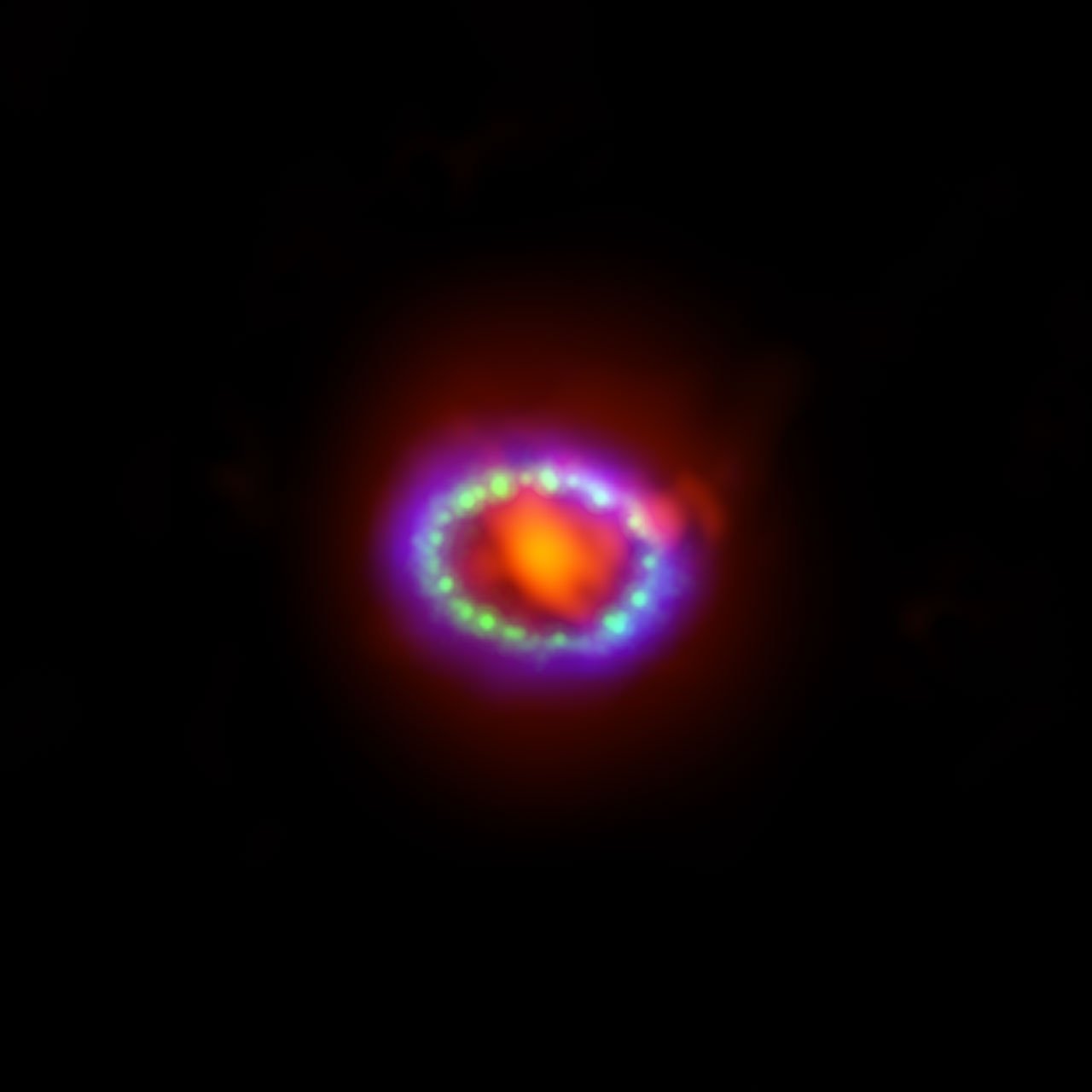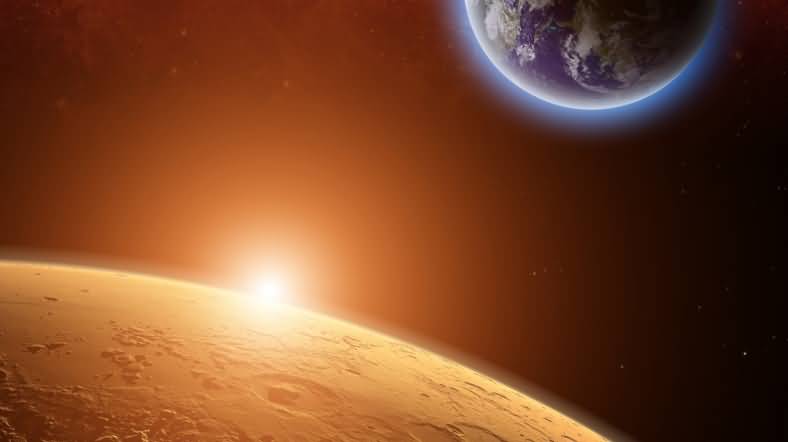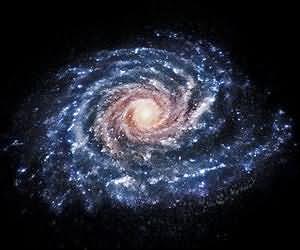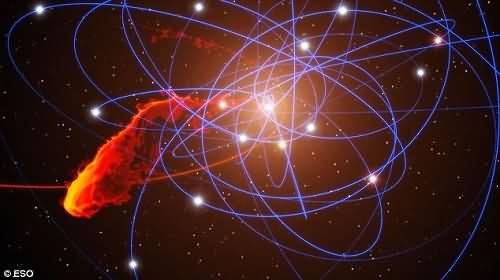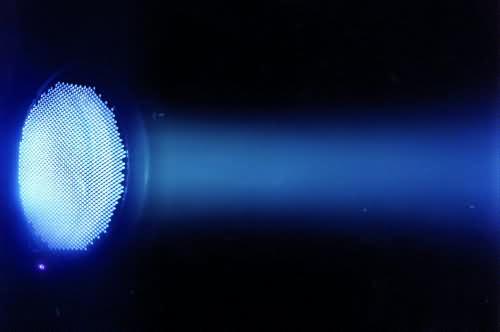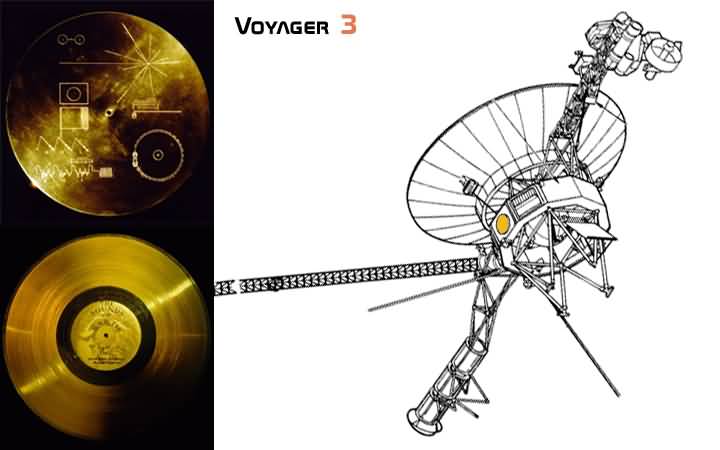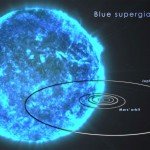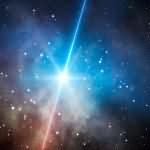ALMA Discovers Supernova Dust Factory
Remarkable new observations with the Atacama Large Millimeter/submillimeter Array (ALMA) have revealed for the first time that the remnants of a recent supernova are filled with newly formed dust. If this dust is penetrating the interstellar medium in sufficient quantities, it could explain the dusty, dark appearance of many galaxies.
Galaxies can be remarkably dusty places [1] Supernova explosions, particularly those that occurred in the early Universe, may be the primary source of this dust. However, direct evidence for a supernova's dust-producing ability has so far been weak and has not been able to account for the abundant dust found in young, distant galaxies. However, observations with ALMA are now changing this.
“We found a large amount of dust mass concentrated in the middle of a relatively nearby, young supernova remnant,“ says astronomer Remy Indebetouw, who works at the National Radio Astronomy Observatory (NRAO) and the University of Virginia in Charlottesville, USA.For the first time, we have been able to image where dust forms, which is crucial for understanding the evolution of galaxies.“
An international team of astronomers has discovered a galaxy located in the Large Magellanic Cloud, a satellite galaxy of the Milky Way, about 160,000 light-years from Earth. Supernova 1987A's [2] used the ALMA telescope to observe its glowing remnant. SN 1987A is the closest supernova explosion observed since Johannes Kepler's observation of a supernova within the Milky Way in 1604.
Astronomers suspect that the gases ejected after the explosion cooled, and that large amounts of dust coalesced into molecules of oxygen, carbon, and bound silicon in the remnant's cool central region. However, previous observations of SN 1987A with infrared telescopes during the first 500 days after the explosion detected very little hot dust material.
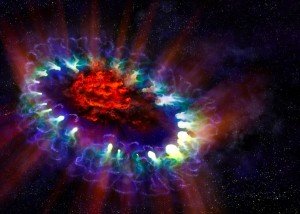
"We found a large amount of dust mass concentrated in the middle of a relatively nearby, young supernova remnant," says astronomer Remy Indebetouw of the National Radio Astronomy Observatory (NRAO) and the University of Virginia in Charlottesville, USA. "For the first time, we've been able to image where the dust forms, which is crucial for understanding the evolution of galaxies."
Using ALMA's unprecedented resolution and sensitivity, the team was able to image abundant, much more distant, cold gas that shines brightest in millimeter and submillimeter light. Astronomers estimate that the supernova remnant from the explosion contains a quarter of the Sun's mass of newly formed dust. The team also found large amounts of carbon monoxide and silicon monoxide compounds.
“SN 1987A is a special place because it hasn't yet mixed with the environment around it, so what we see are things that were produced there,“ says Indebetouw. “The new ALMA results, the first of their kind, reveal a supernova remnant overflowing with matter that simply didn't exist until a few decades ago.“
However, supernovas can both create and destroy dust grains.
As the initial shock waves from the initial explosion propagate into space, the bright rings of material, previously seen by the NASA/ESA Hubble Space Telescope, form. Some of the material ejected by the explosion of the red giant star at the end of its life collides with this gaseous envelope and then returns to the center of the remnant.At some point, this returning shock wave will hit the accumulated dust piles," says Indebetouw. "So some dust is exposed to strong winds. But it's hard to estimate the amount. — maybe just a little bit, probably half or two-thirds of it.If enough of the dust remains to make it into the interstellar medium, it could be responsible for the abundant dust astronomers have detected in the early Universe.
“The first galaxies to form are actually quite dusty, and this dust plays an important role in the evolution of galaxies.“ says Mikako Matsuura from the University of London (UK). “Today we know that dust can form in several different ways, but in the early Universe, most of it must have come from supernovas. Finally, we have direct evidence to support this theory.“
Notes
[1] Cosmic dust — composed of particles of silicates and graphite, minerals also abundant on Earth. The soot produced by a candle is very similar to cosmic graphite dust, although the particles in the soot are ten times larger than those in typical cosmic graphite dust.
[2] The name 1987 refers to the date when the light from the supernova reached Earth.
Connections
Source

